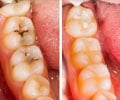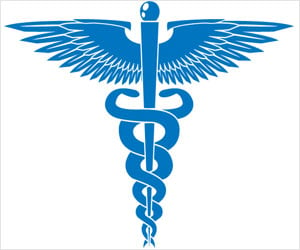Sorting out barriers in applying fluoride varnish to young children and developing strategies for overcoming these barriers are important, so that all eligible children would receive this preventive intervention.

‘Very low rates of fluoride varnish application are found in both Medicaid and commercially insured young children populations.’





Medicaid in most states has paid for fluoride varnish applications for at least a decade, private insurance coverage was mandated in 2015 under the Affordable Care Act with no cost-share for families.New research published in JAMA Network Open, was the first to assess delivery of this evidence-based service recommended by the U.S. Preventive Task Force and the American Academy of Pediatrics for privately insured children.
The research team examined data from 2016-2018 for privately insured young children in Connecticut, Maine, New Hampshire, and Rhode Island.
The sample included 328,661 well-child visits in the four states. Fluoride varnish application was more common among visits for younger children. The data analysis showed that a 2-year-old was nearly 8 percentage points more likely to receive fluoride varnish than a 5-year-old.
Fluoride varnish applications were most common in Rhode Island, with a regression-adjusted probability of 8.7%. New Hampshire had the lowest rate, with a regression-adjusted probability of 2.2%. The regression-adjusted probability of fluoride varnish application increased from 3.6% in 2016 to 5.8% in 2018.
Advertisement
This preventive treatment is important in light of the statistic that fewer than one in three children under age 5 have an annual dentist visit, where this service also could be provided.
Advertisement
Source-Medindia












